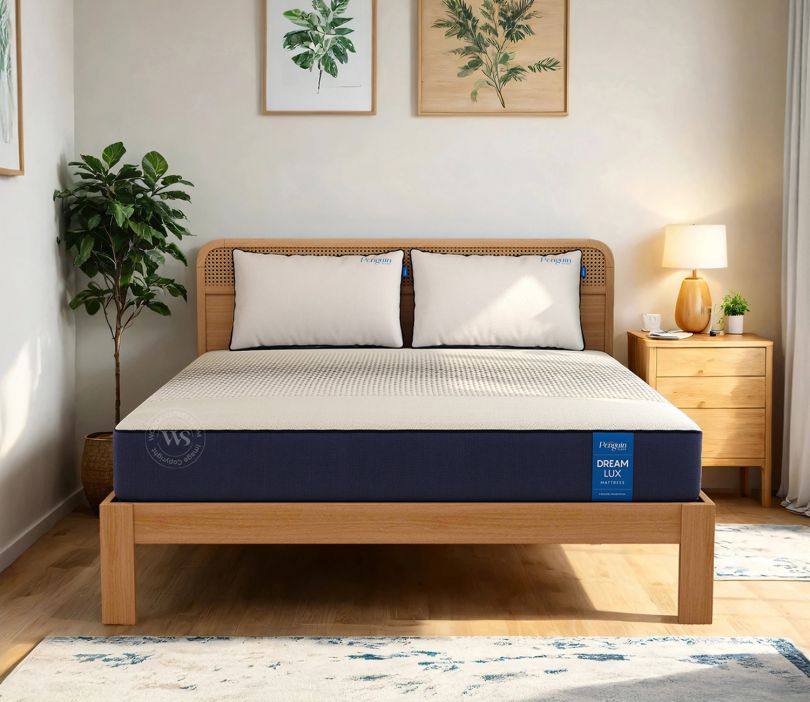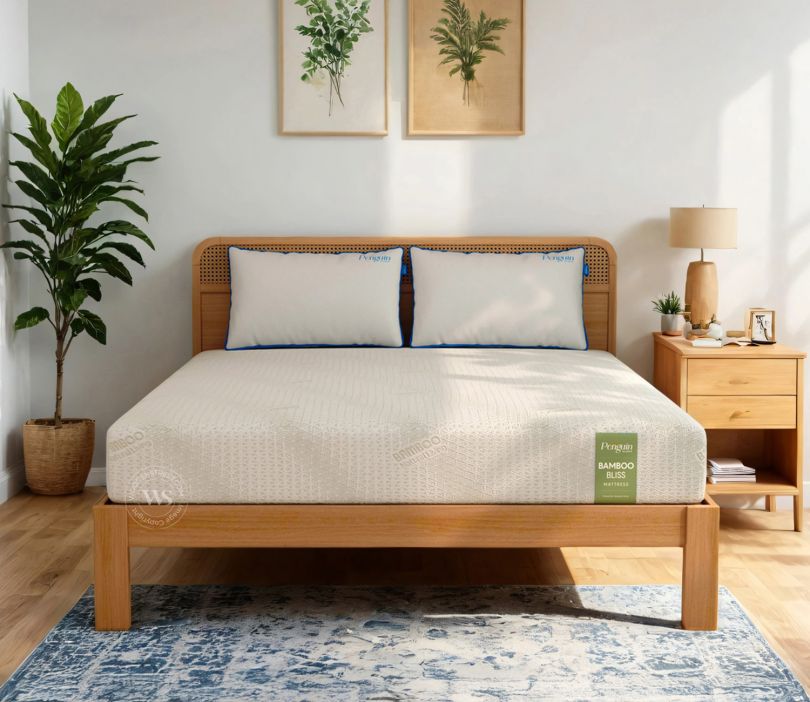Getting a good night’s sleep starts with the right mattress. But the “right” mattress isn't the same for everyone—it largely depends on your preferred sleeping position. Whether you sleep on your side, back, stomach, or shift positions throughout the night, choosing a mattress that supports your posture and aligns your spine can make a world of difference in your sleep quality and overall health. Here’s a comprehensive guide on how to choose the right mattress based on your sleeping position.
1. Why Sleeping Position Matters
Each sleeping position places different levels of pressure on various parts of your body. If your mattress doesn’t properly support your natural alignment, it can lead to discomfort, disrupted sleep, or even long-term pain. A mattress that complements your sleep style helps in maintaining spinal alignment, relieving pressure points, and providing proper support throughout the night.
2. Best Mattress for Side Sleepers
Side sleeping is one of the most common sleeping positions and is generally good for spinal alignment. However, side sleepers often experience pressure buildup in the shoulders and hips. A mattress that is too firm can push against these areas, causing discomfort, while a mattress that is too soft may not provide enough support.
Ideal Mattress Type:
Medium-soft to medium-firm mattresses made of memory foam, latex, or hybrid constructions are ideal. Memory foam is particularly effective because it conforms to the body's shape and provides cushioning to pressure points.
Key Features to Look For:
-
Pressure relief in hips and shoulders
-
Adequate contouring
-
Soft yet supportive surface
3. Best Mattress for Back Sleepers
Back sleeping is often recommended by sleep experts because it naturally aligns the spine and evenly distributes weight. However, without the right mattress, back sleepers can experience lower back pain due to poor lumbar support.
Ideal Mattress Type:
Medium-firm to firm mattresses work best for back sleepers. Look for memory foam or hybrid mattresses that offer a balance of comfort and support, especially in the lower back region.
Key Features to Look For:
-
Supportive middle layer to avoid sinkage
-
Light contouring for back support
-
Consistent spinal alignment
4. Best Mattress for Stomach Sleepers
Stomach sleeping is the least recommended sleeping position because it puts pressure on the spine and neck. It can lead to hyperextension of the back, especially if the mattress is too soft.
Ideal Mattress Type:
Firm mattresses are best for stomach sleepers. These provide a flat and even surface that keeps the hips from sinking too deeply, preventing back strain.
Key Features to Look For:
-
Strong core support
-
Minimal sinkage
-
Breathable materials to avoid overheating
5. Best Mattress for Combination Sleepers
Combination sleepers change positions during the night, so they need a mattress that offers adaptability and responsiveness. A mattress that accommodates all sleeping positions with ease is ideal.
Ideal Mattress Type:
Medium-firm hybrid or latex mattresses are best. These provide a balance of comfort and support, with quick response to movement and proper bounce.
Key Features to Look For:
-
Responsive surface
-
Good edge support
-
Balanced firmness
6. Additional Factors to Consider
While sleeping position is crucial, other factors like body weight, personal preference, and health issues (such as back pain or arthritis) also play a role in mattress selection.
-
Body Weight: Heavier individuals may need firmer mattresses for better support, while lighter individuals may prefer softer surfaces.
-
Cooling Features: Look for breathable fabrics and cooling gels if you sleep hot.
-
Durability: Choose high-quality materials to ensure the mattress maintains its shape and support over time.

7. Test Before You Buy
If possible, test a mattress before making a purchase. Many brands offer trial periods—take advantage of them to ensure the mattress truly fits your sleeping position and comfort needs. A mattress might feel great for a few minutes in a showroom but perform differently after a full night's sleep.
Conclusion
Your sleeping position is one of the most important factors in choosing the perfect mattress. Whether you're a side sleeper needing pressure relief, a back sleeper requiring spinal alignment, a stomach sleeper looking for firm support, or a combination sleeper needing versatility—a mattress tailored to your sleep style can improve your sleep quality and overall well-being. Take time to evaluate your sleeping habits and match them with a mattress that offers the right support and comfort for your needs. Your body will thank you every morning.
